
T&I News 20 2023…
This is the final post of the year – probably the year with fewest posts for some time now, but they have kept up with progress, where I think this will be of interest to readers. We’ve had some workshop disruption through 2023, but as we enter 2024, investment and development in the facilities is very much the order of the day, and this will continue throughout the year. This is not to say that progress has been lacking, as regular readers will know.
I’ve been made aware of some problems for subscribers to this site – in that it isn’t sending out automatic updates. We’re looking into this, but I have to confess that my IT knowledge is limited, so external advice is needed here!
I shan’t make any promises about a review of the year this time around, but looking ahead, briefly, to 2024, here are some of the headlines that are either in-hand, or should reach a conclusion (relating specifically to the transport/engineering side of things here):
- Completion of the restoration of Dunrobin
- Ongoing restoration of KS 721
- Completion of Gateshead 10’s extensive overhaul
- Start on Steam Elephants mechanical overhaul
- Continue the mechanical overhaul of West Riding 560
- The Friends of Beamish team continue the restoration of the Rookhope bus
- Improvements to the workshops, facilities and commissioning of working-at-height platforms
- Infrastructure works at Rowley Station to allow reopening in full for 2025 season
- Ongoing sleeper changing on the Tramway
- Potential additions to the transport collection, of working equipment – more of this in future posts…
Winter operations
It has been a busy winter season, with daily operation and several busy evening events to provide transport for.
Below: This view of the buses being readied for operation reflects a lot of hard work recently to review the fleet (work that is still ongoing) and address items that don’t cause them to fail their 28-day inspections, but will improve their reliability and generally improve their condition. The D bus (to the left of this view) has had new rear brake linings, with spares also obtained so that these can be renewed in-house next time. The Darlington Daimler (No.4) has been supplemented by hire of Darlington Daimler 7 from the Aycliffe & District Bus Preservation Trust, whilst Rotherham 220 waits a place in the queue with the contractor booked to repaint it in the new year. Also visible is the clean state of the buses – which are thoroughly cleaned to remove the salt that we apply to the roads in cold weather.
Below: At the core of the tramcar operation in this weather are Sheffield 264 and Sunderland 16, seen here on the mid-week two tram service. 16 really needs some attention to its paintwork next year, both the waist panels (with the crests on) and the advertising panels. I am looking at alternative adverts for this, that are appropriate for both Sunderland Corporation, and the period.
Below: Operating in the dark has a certain appeal, and creates some different photo opportunities. These were taken on my phone, so come with some compromise, but do show some alternative views to usual We start with Newcastle 114 at the Town Bank Stop.
Below: Sunderland 16 at Pockerley – a location that has large portable lighting rigs installed for evening events due to the lack of fixed lighting – hence the white glow to this view.
Below: The Stafford family provided steam haulage for Santa in his sleigh once again – this year using their Sentinel steam waggon. It is seen here with the new Cinema rising up in the background – due to open next summer.
Below: Sunderland 13 is still with us, and has been in use during both daytime and evening operations. We will miss this one when its owners want it back!
Engineering
Below: Our hard-working gritter finally expired after the first of the snow arrived. This is being replaced by a new one, but the team have decided to resurrect the old one using parts of even older ones that we had in the ‘might be useful one day’ pile. Here is the chassis, ready for stripping then shot-blasting and powder coating. Behind is the Nissan Navara, which is one of the two 4x4s we have for towing gritters, which is in the workshops for MoT preparation.
Since this view, the chassis of the gritter has returned, blasted and powder-coated in orange (so we can tell the two gritters apart!).
Below: The Simplex engine has now been reassembled, with the starting ‘dog’ also overhauled so that the handle can positively engage on the end of the crankshaft. This will be placed back into the locomotive in the new year.
Rowley Station – it’s all in the detail…
Jorden Sayer, the Steam Team Leader, has been looking at some winter work that the team can carry out to improve the various transport areas where they work, and also develop some of the curatorial elements in these spaces. One such activity has been to revisit some of the well-established reconstructions, and look at where detail can be added to further enliven these exhibits. Here is an outline of one such example, in Jorden’s own words:
Rowley station was very well documented where it stood just outside of Consett on the A68. Luckily for us a photographer ‘W Bainbridge’ had a studio in Castleside just about a mile away from the station. It is he that we must thank for much of the photographs (and some cartoons) we have of Rowley today. However, we nearly didn’t have them! It was by being in the right place at the right time, that a member of the friends of Beamish came across the photographs just as they had been thrown away at a council dump!
Without these glimpses into the past we would have very little to go on as how Rowley station looked. I often revisit these images to gain inspiration as to what project we visit next. It was doing this that I noticed something that had been missed when the building was relocated and restored at Beamish…
Below: Can you see what is missing now, when looking at this view?
Below: How about now?
Built into the wall to the right of the arches and left of the booking office window is a post box. This image is from around 1905.
When looking at the original plans for Cold Rowley as it was known, no such appointment is mentioned or drawn.
Below: When looking at the sad image of a derelict Rowley, no box remains, however there is certainly a wall repair evident in that location.
So, we have questions to answer here:
- When did Rowley get a post box?
- When it was it removed?
- Where is it now!?
The last question I think I can answer (however not yet definitively)
Up the road from where the station stood, on the nearby A68, and built into a drystone wall is a Victorian Postbox. My thoughts are, would they really need two post boxes at Rowley? I think not. My hypothesis is that, when it was removed from the station, it would make most sense to relocate the same box, rather than take it away and install a new one in this new location.
We have here a type ‘C’ the smallest of the 3 sizes introduced in 1871 and carried through until 1930’s. In 1881 the contract for making wall postboxes went to W.T Allen and Company London, this makers name can be seen at the bottom, under the door. So, this box dates from earliest 1881 and, bearing the V. R. Royal Cipher, would take it to 1901 at the latest. It matches the box seen in the Rowley pictures in terms of dimensions.
The most obvious answer as to when it was removed from the Station is when passengers no longer visited. The station was closed to passengers in 1939, however footfall was very low before this date so it may have been removed before then.
As to when it was installed? I am still looking; however, it was most definitely present when the museum is set in 1913. So, we have to have one!
Unfortunately, we do not have many postboxes in our collections…but we do have one that matches exactly with the one currently at Rowley.
Once removed from storage and taken apart to retrieve and repair the lock, the box was sent away for shotblasting. It has now been primed and is in the process of being repainted into pillar-box red.
Sometime before 1878 the colour of the enamelled plates that convey the location and postage details was changed from dark grey with white lettering to white with black lettering. This colour remained standard until much later when plastic collection plates replaced these. Some collection plates for railway stations have only a station number where some have the name of the station.
The final view shows a recreation of this that I have made, to fit the finished box.
Whilst it is a small detail, this is what a museum like Beamish is all about – with the added bonus of the finished post box being usable – not least for posting letters to Santa Claus in the nearby grottos at this time of year!
Other work being carried out for Rowley includes restoration of the goods yard gates, the larger of which has been missing for several years.








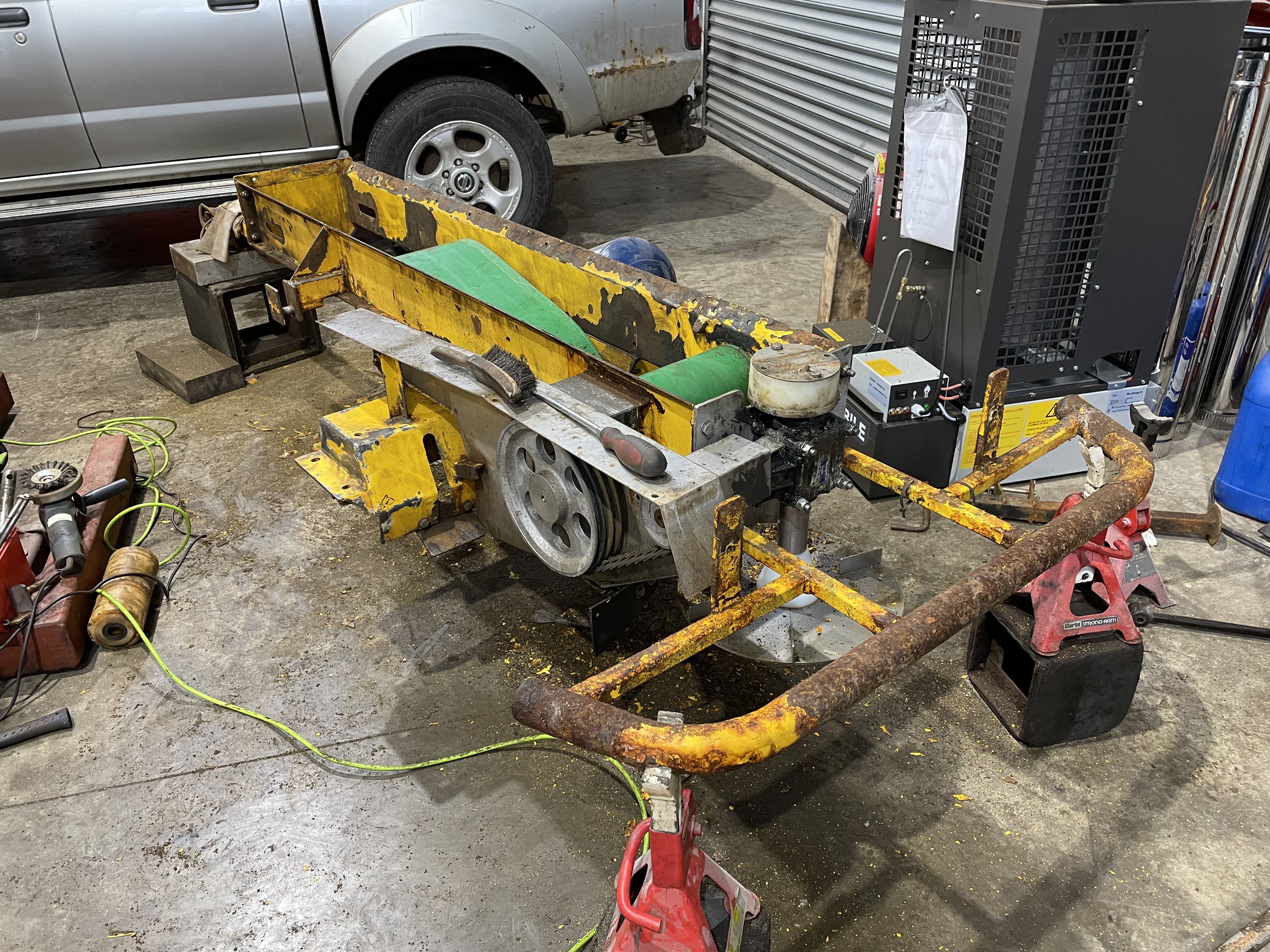
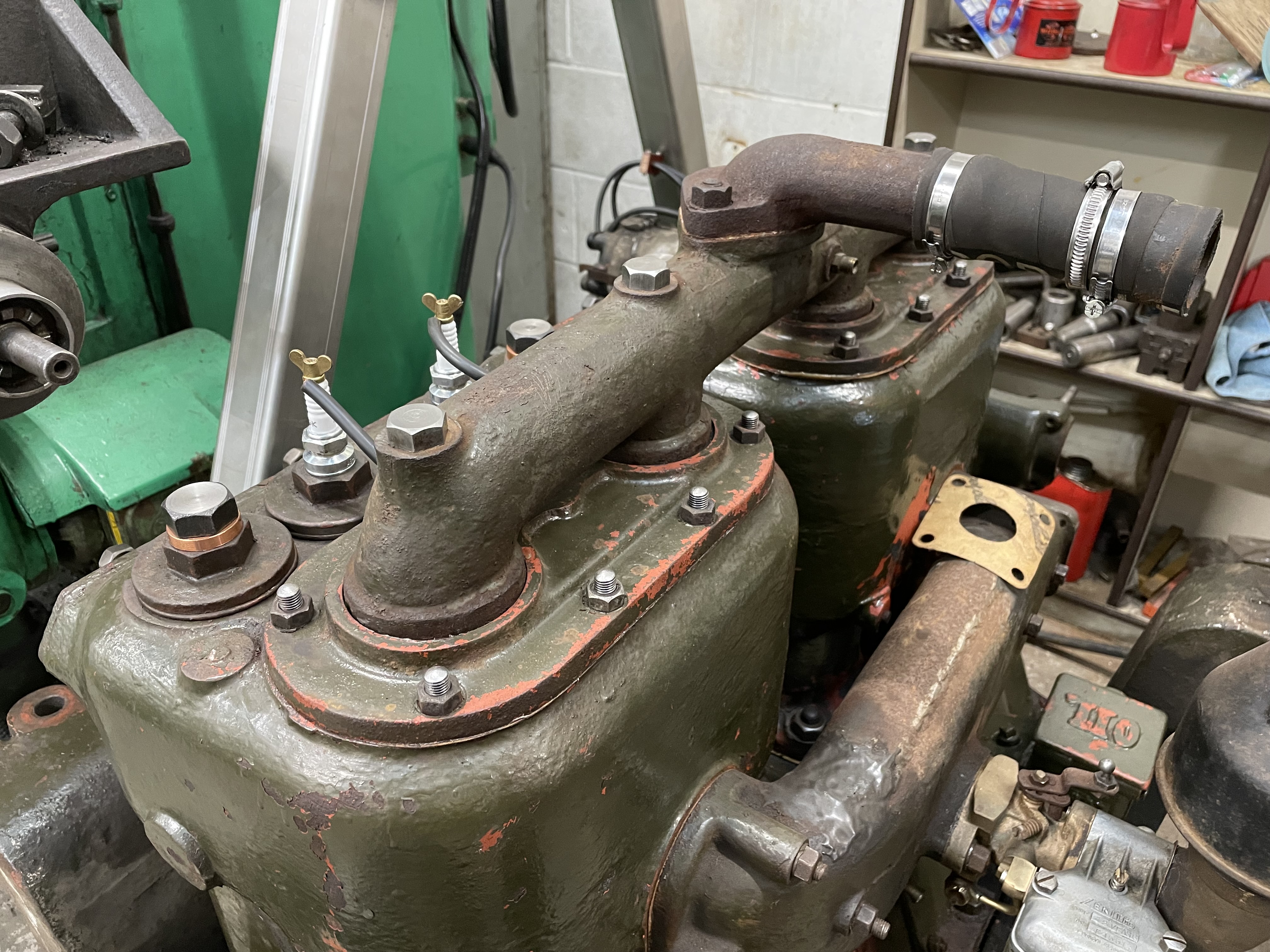


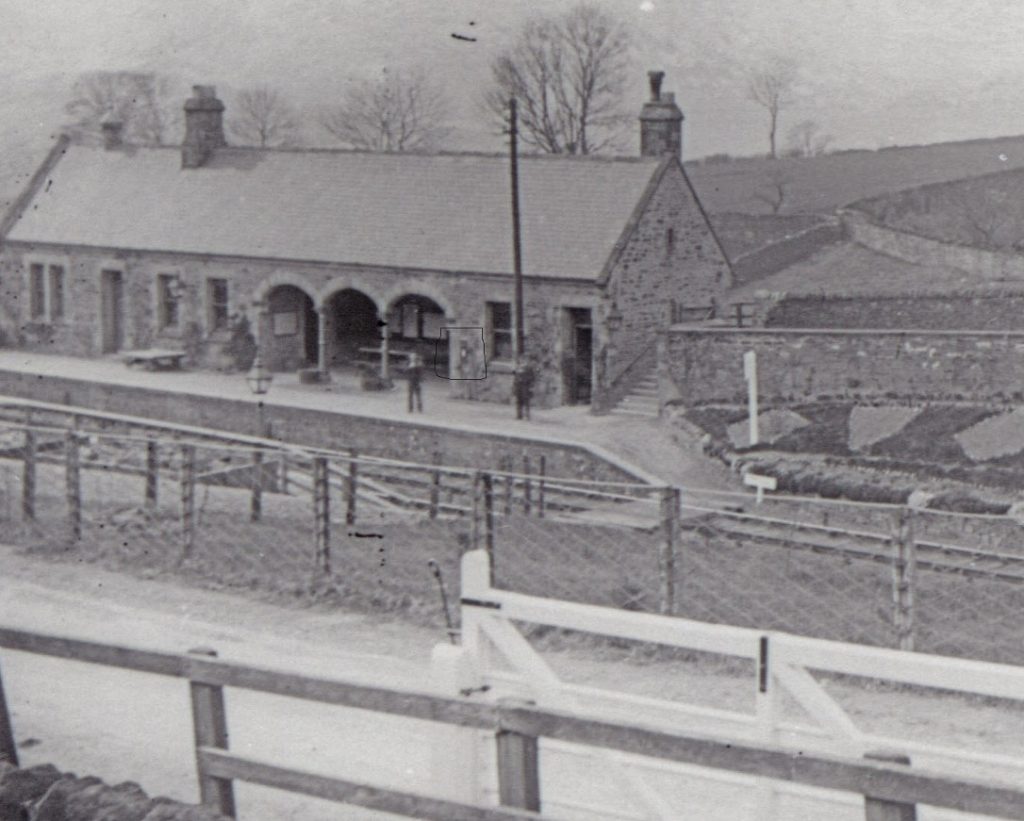

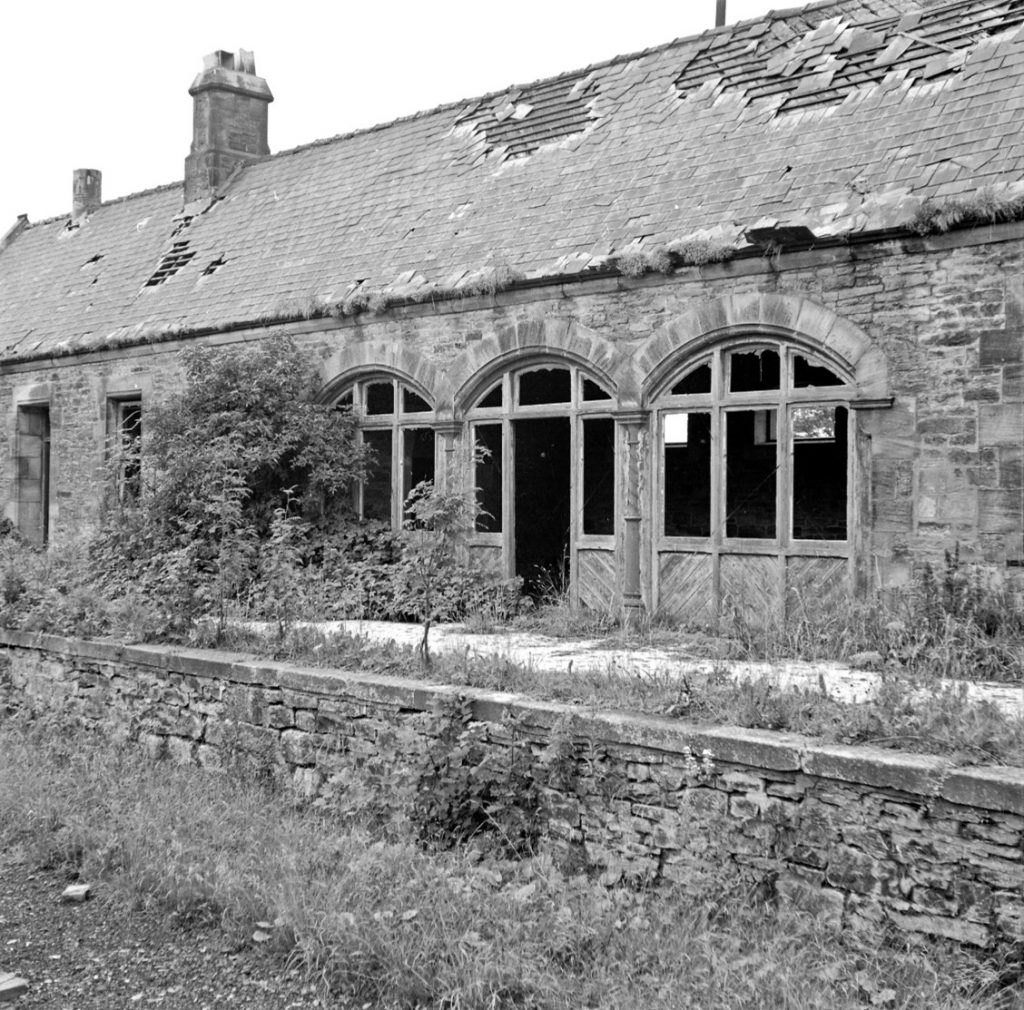

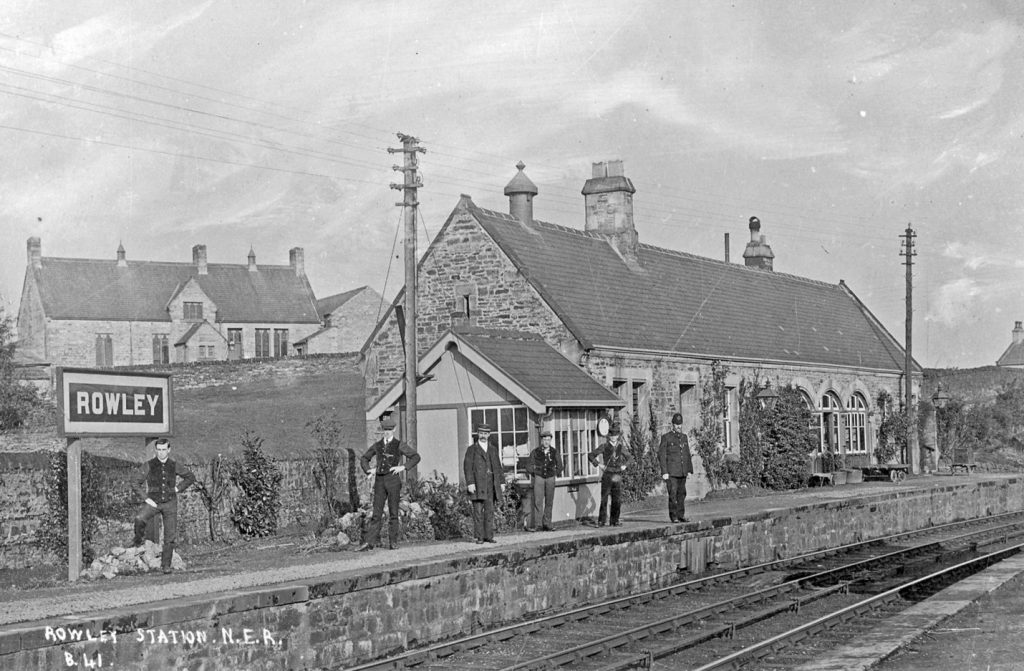
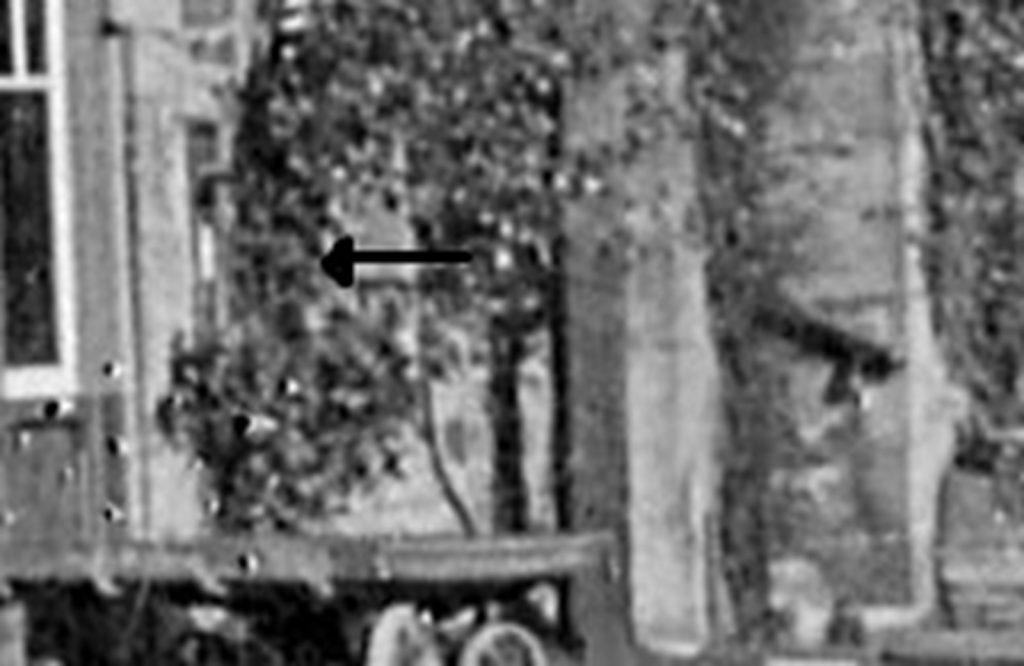

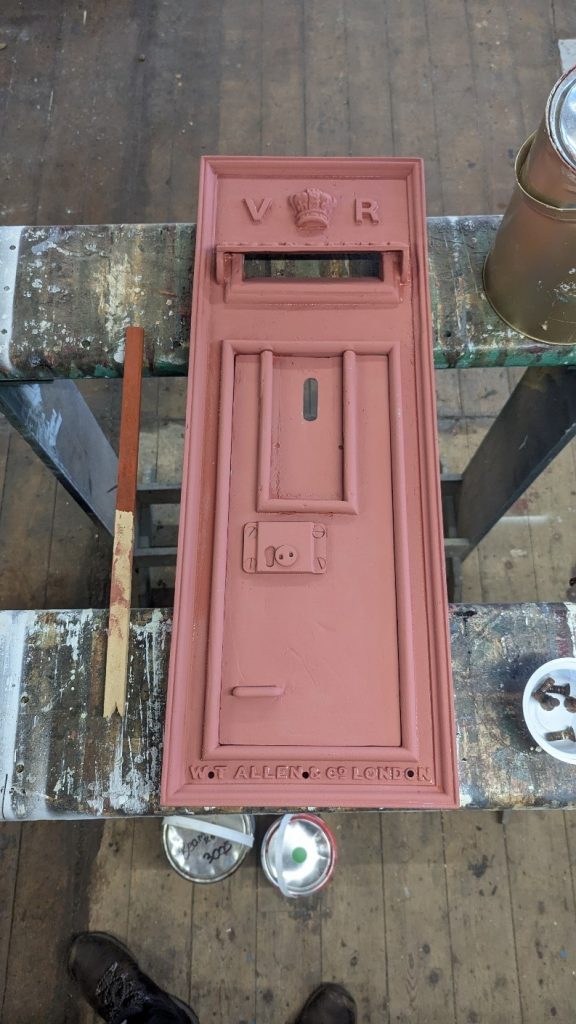
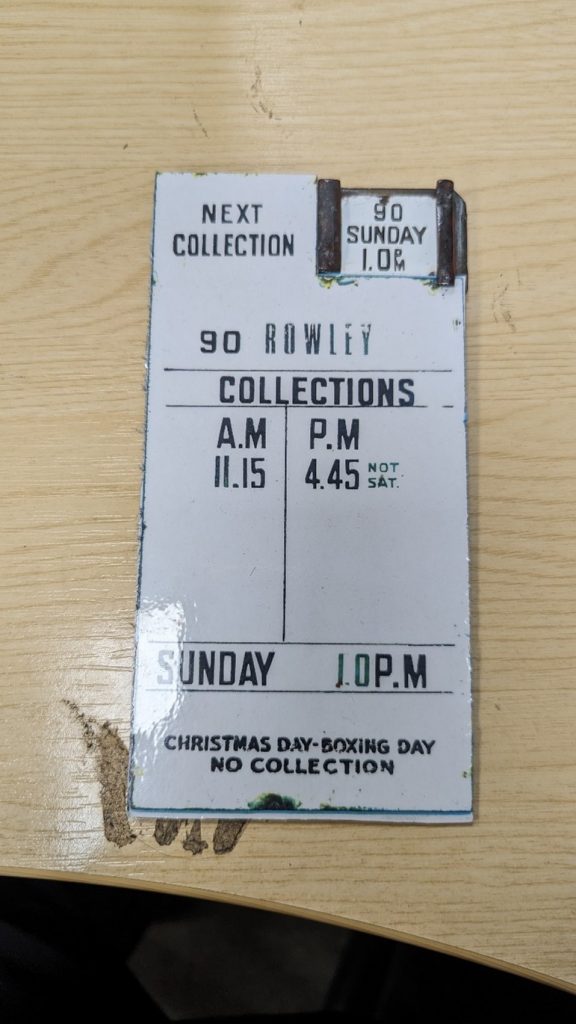





Hi paul
Next year couple of suggestions for you,
it might be worth doing a post on the j21 as it was her last steaming in oct 1984, and you have been at beamish for 20 years now :),
Many thanks
happy new year
cheers
Rob
Hi Rob
Happy new year to you too.
Regarding the J21, whilst I remain a trustee, the LCLT who own the locomotive now (and the NER bogie van) are well-versed in reporting on the projects, both on Facebook and on their website: http://www.lclt.org.uk/index.html
I therefore won’t step on their toes regarding this one, but can add that the project is reaching the really exciting stage now where with the van nearing completion, erection of the locomotive will begin soon. It’s worth keeping an eye on the Kirby Stephen East facebook page too – they are making terrific progress on the development of the station and its environs (including reconstructing one of the signalboxes), overhauling our NER luggage comp coach and planning for some very exciting next steps at their site.
With regard to the 20 year annivesary for me personally, I do have a draft post looking back at the last two decades and ahead to the next one, which I occasionally add bits to as and when the mood takes me – whether I actually publish it rather depends on whether I think anyone wants to read it! So maybe later this year…
Thank you for your continuing contrbutions to the blog,
Best wishes
Paul
Great post! (pun intended).
Look forward to visiting in 2024.